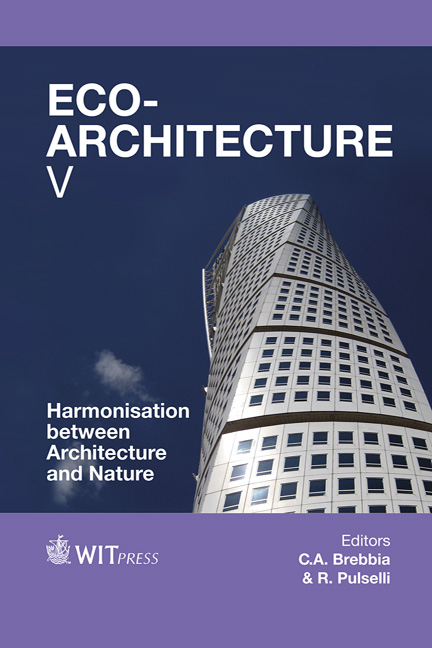Sustainable Living And Building Indicators In Old Ağirnas And Their Interpretations For New Practice And Research
Price
Free (open access)
Transaction
Volume
142
Pages
12
Page Range
161 - 172
Published
2014
Size
1,579 kb
Paper DOI
10.2495/ARC140151
Copyright
WIT Press
Author(s)
B. Mizrak, S. Erkenez
Abstract
There is usually a gap between the works of vernacular architecture and the current building practices in small towns in Anatolia. This gap grows each day, changes the living habits and culture, and damages the continuity of the development. This paper attempts to address this disconnection from the eco-cultural logic perspective and analyses a small town called Ağirnas in Central Anatolia Region in Turkey, in which the first settlements were assumed to be founded in the 1st century AD. It highlights the unique ecological, socio-cultural and architectural values of the town and provides a glance to its current practices. To do so, literature has been reviewed and interviews have been conducted with local people, local authorities, and the architect Cengiz Bektas, who is an Aga Khan and Mimar Sinan Award winner. In addition to the exploration of the discontinuity of values, as an ultimate output, the paper proposes two frameworks, which provide sustainability roadmaps for current building practices and for further research and study in fields other than building.
Keywords
sustainable living culture, sustainable building culture, Turkish vernacular architecture, sustainability indicators, sustainability interpretations, Ağirnas, Kayseri, Turkey





